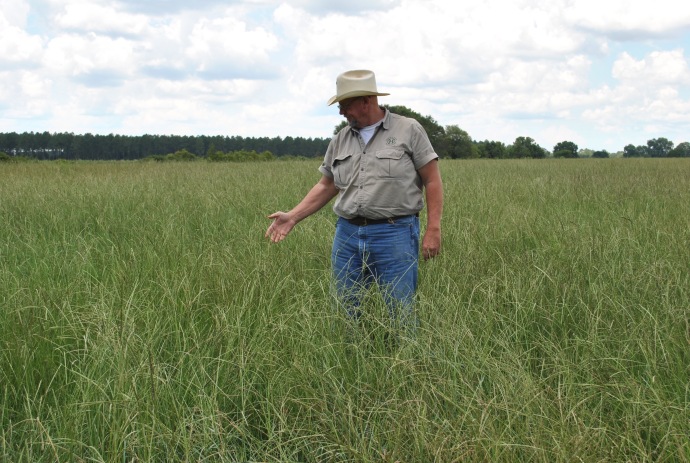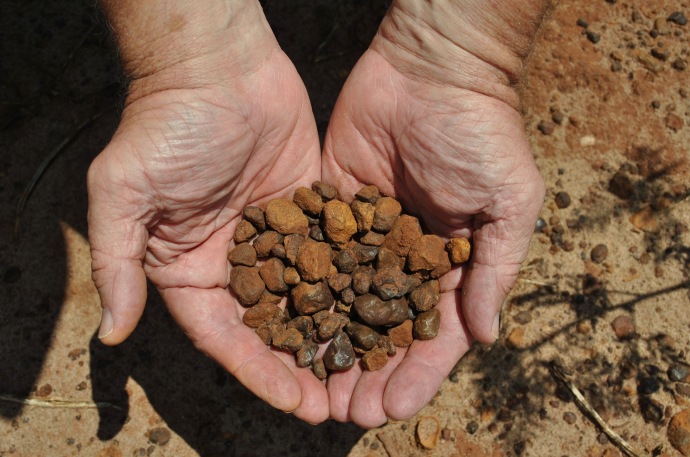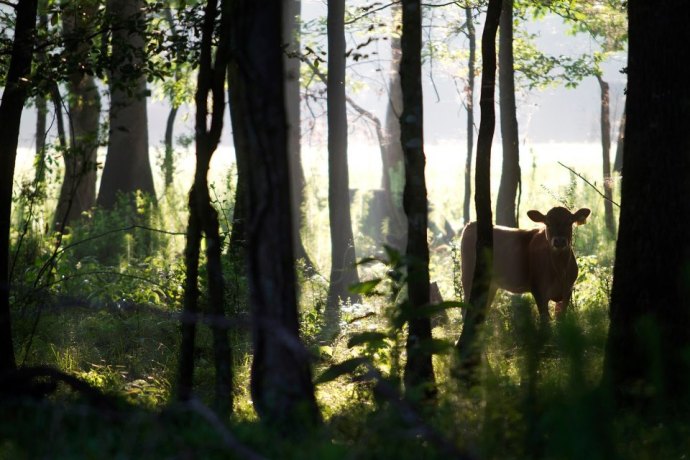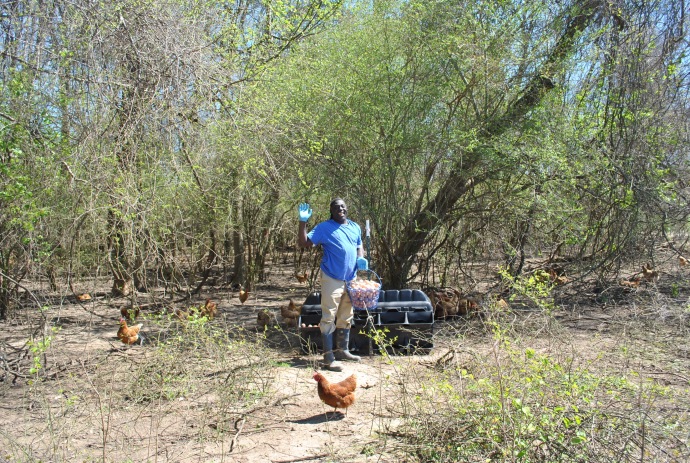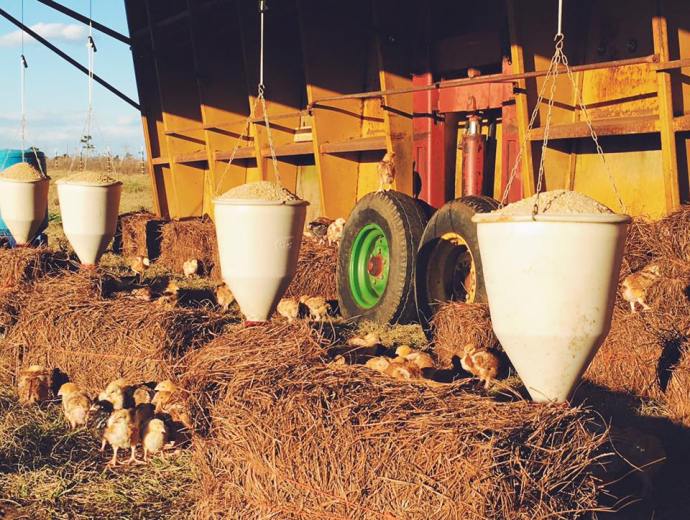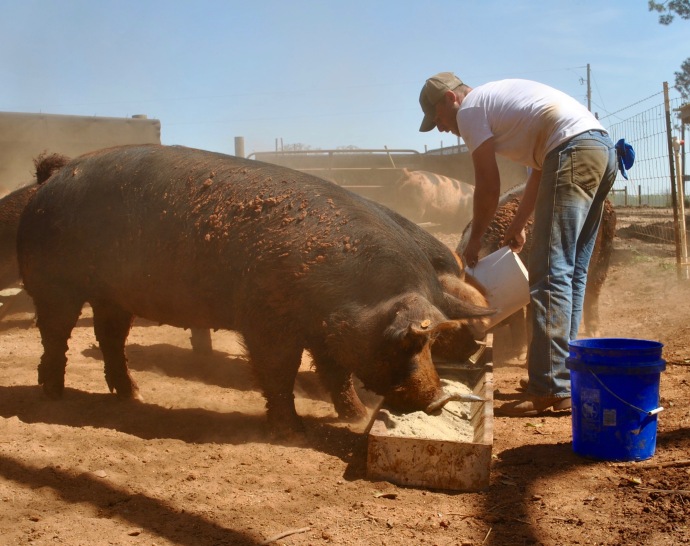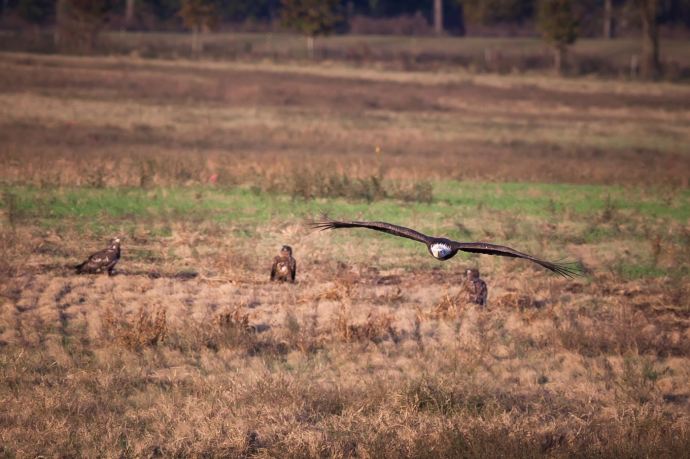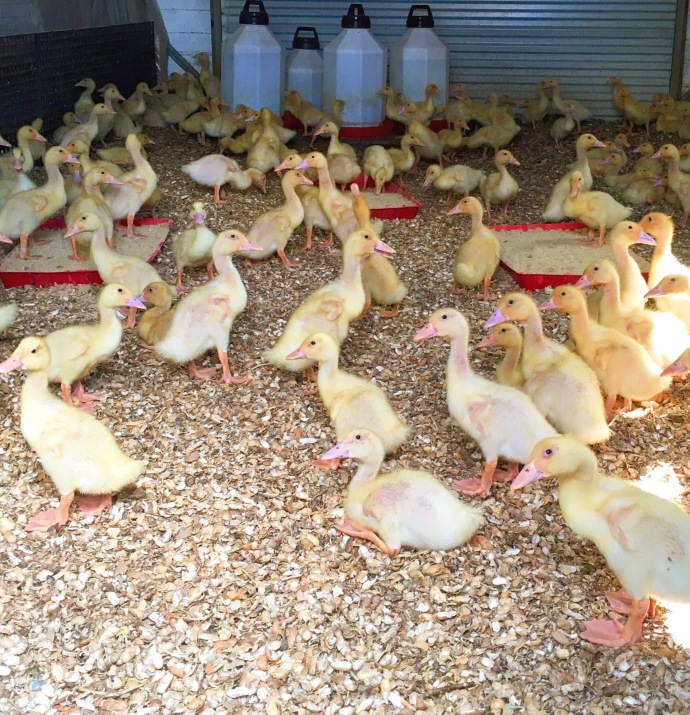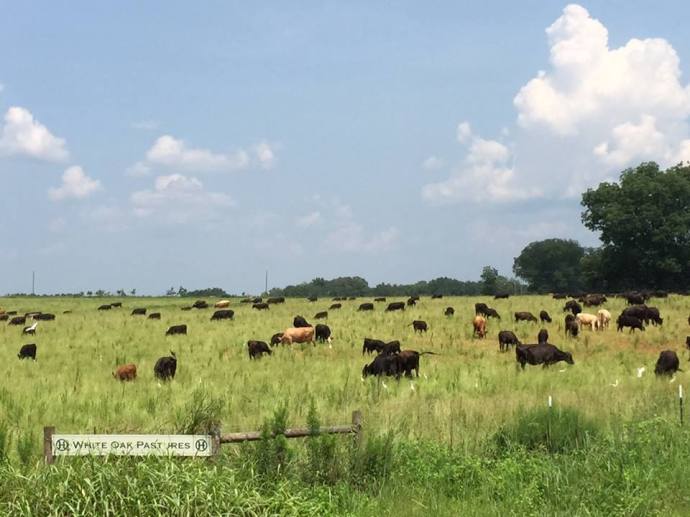As one of 17 accredited Savory Global Network Hubs around the world, our goal is to help build awareness for the importance of holistic land and animal management practices that create environmental, economic and social benefits. We are inspired by the growing movement comprised of farmers and ranchers who are regenerating their soils, watersheds, wildlife habitats and human communities by practicing Holistic Management.
However, the story doesn’t end there. Consumers need better access to products grown regeneratively. Farmers and ranchers need more opportunities to sell their products in a way that recognizes their dedication to regenerating the environments we all depend upon. And bold brands that are striving to make real change in the marketplace need access to the raw materials that will enable them to deliver environmentally beneficial products everyone can feel proud of.
We hope to help ignite a consumer revolution that demands good stewardship of our lands and proper management of livestock worldwide. Please join us for the 2017 Eat It, Wear It, Regenerate It conference taking place in late October and early November, and be part of a movement that is supporting regenerative agriculture globally. We have incredibly innovative opportunities for you engage with this Consumer Revolution. Whether you can make it to the intimate VIP event in Boulder, to your local Hub, or participate digitally, there are options for everyone to join the conversation.
For our friends here in the Southeast, we’d love for you to join us for our local Hub event in Atlanta on November 4th. Will Harris will host the Southeastern premiere of the Savory Institute’s world broadcast and has put together a team of top chefs to put the “dinner” in our dinner and a movie evening. Each chef will highlight a protein from White Oak Pastures for guests to enjoy while mingling, learning more about our farm’s regenerative farming methods, and viewing the four short films. The event takes place from 6 – 8 p.m. at The Shed at Ponce City Market. Tickets, which include food and two drinks, are $35 and may be purchased online.
Wise food choices will have a great impact in how many acres of land go from unsustainable production practices to those that are regenerative. With your insight and dialogue you can help us craft a better future for all.
Photos by Laura Mortelliti.












